Industry information
Company News
- Honeycomb aluminum plate: the technological power behind lightness
- Honeycomb aluminum plate: a perfect combination of lightness and strength
- Aluminum Curtain Wall: Fashion Guardian in Modern Architecture
- Honeycomb aluminum plate: the technological mystery behind lightness
- The secret of aluminum honeycomb panel: the perfect fusion of lightweight and strength
Industry dynamics
- Aluminum Curtain Wall: The Bright Coat of Modern Architecture
- How to maintain aluminum veneer?
- The Charm of Aluminum Veneer: A New Chapter in the Beauty of Architecture
- Honeycomb aluminum plate: a lightweight choice, a fresh architectural style
- The wide application of durable and practical aluminum veneer in architectural decoration
Frequently asked questions
- How to increase the market demand for aluminum veneer?
- What will be the future development trend of aluminum veneer?
- What issues should be noted in the production process of aluminum veneer?
- What is the difference between aluminum veneer and aluminum-plastic panel?
- What is the market demand for aluminum veneer?
contact us
Mobile:+86 15627778610
Email: 2201229786
Address: No. 5 Binjiang Road, High tech Zone, Zhaoqing City, Guangdong Province
Creating Future Technology Buildings with Hyperbolic Aluminum Veneers
- Author: Xinlongtai Aluminum Industry (Guangdong) Co., Ltd
- Release time: 2022-02-26 08:36:44
- Click:0
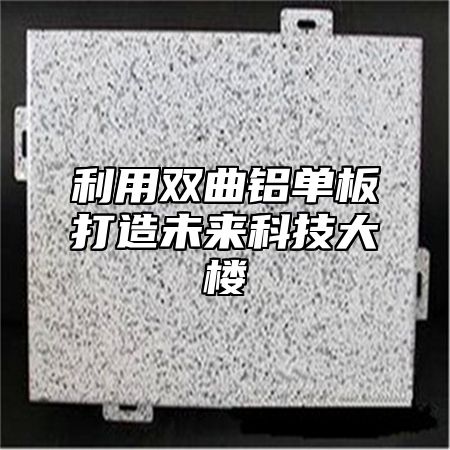
With the continuous development of technology, the construction of future technology buildings has become an important task in today's society. In the construction industry, hyperbolic aluminum veneer, as a new type of building material, has been widely used for its unique appearance and excellent performance. This article will provide a detailed introduction on how to use hyperbolic aluminum veneer to create future technology buildings.
Hyperbolic aluminum veneer can provide good thermal insulation and waterproof performance. Due to its fluorocarbon coating on the surface, it can form a smooth and dense surface, preventing heat from escaping from the surface and effectively preventing rainwater from penetrating into the interior of the building, protecting the structure and equipment of the building. This is particularly important for future technology buildings, as they typically require long periods of operation and the processing of large amounts of electronic devices and data, thus requiring a stable environment to ensure their normal functioning.
Hyperbolic aluminum veneer has good weather resistance and wind pressure resistance. In the construction of future science and technology buildings, severe weather conditions, such as strong wind and rainstorm, will often be encountered. Hyperbolic aluminum veneer can effectively resist the effects of these weather conditions, ensuring the safe and stable operation of buildings.
Hyperbolic aluminum veneer can also be combined with materials such as glass curtain walls and stone curtain walls to form a complete exterior wall decoration system. This combination can provide a more aesthetically pleasing appearance while also enhancing the visual effect of the building. For example, in the design of a technology building, hyperbolic aluminum veneer can be combined with other materials to create a streamlined appearance that reflects the feeling of future technology.
Hyperbolic aluminum veneer can also be applied to the interior decoration of future technology buildings. For example, in meeting rooms, lounges, and other places, hyperbolic aluminum veneer can be used to make decorative materials such as ceilings and walls to increase the visual effect and comfort of the space.
The use of hyperbolic aluminum veneer to create future technology buildings can provide excellent insulation, waterproofing, weather resistance, and wind pressure resistance, while also increasing the visual effect and comfort of the building. In the construction of future technology buildings, the application of hyperbolic aluminum veneer should be fully considered to improve the quality and efficiency of the building.

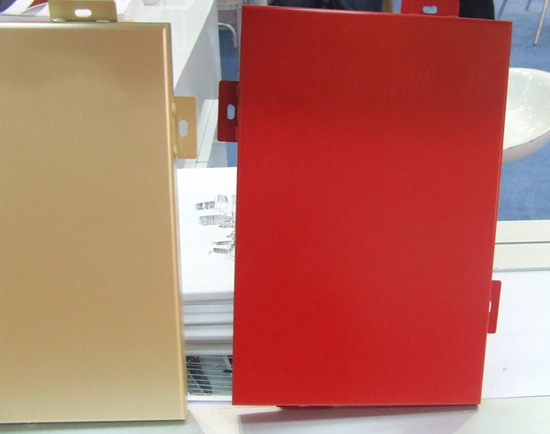
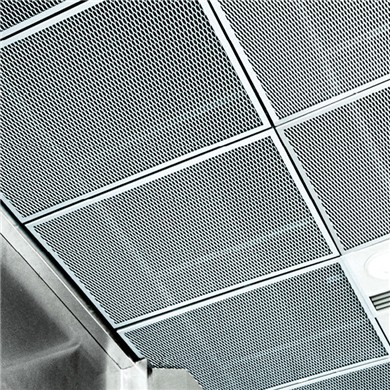
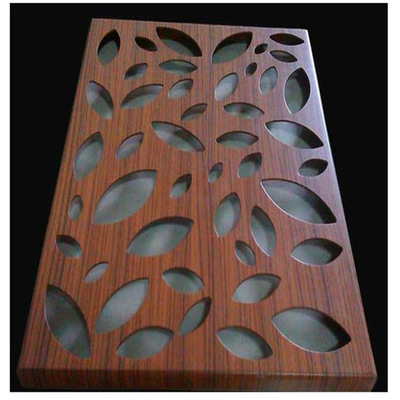
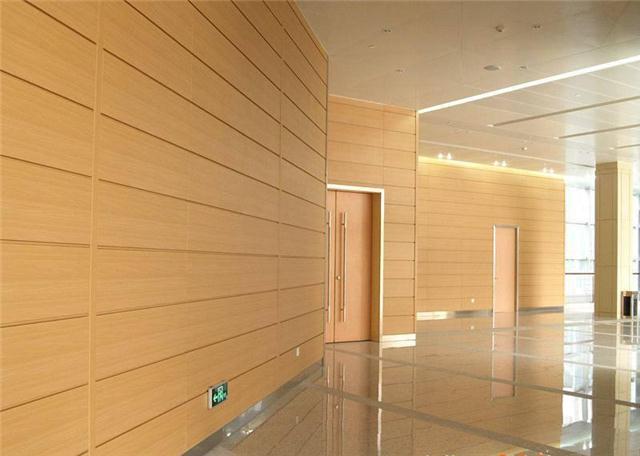
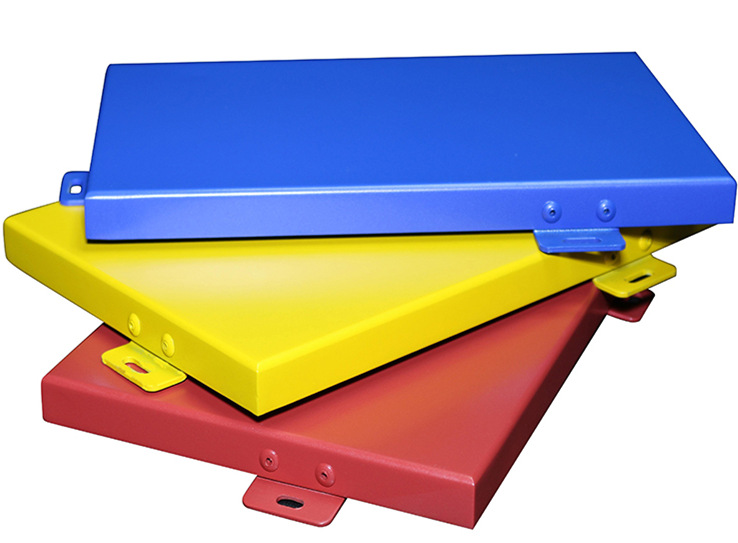
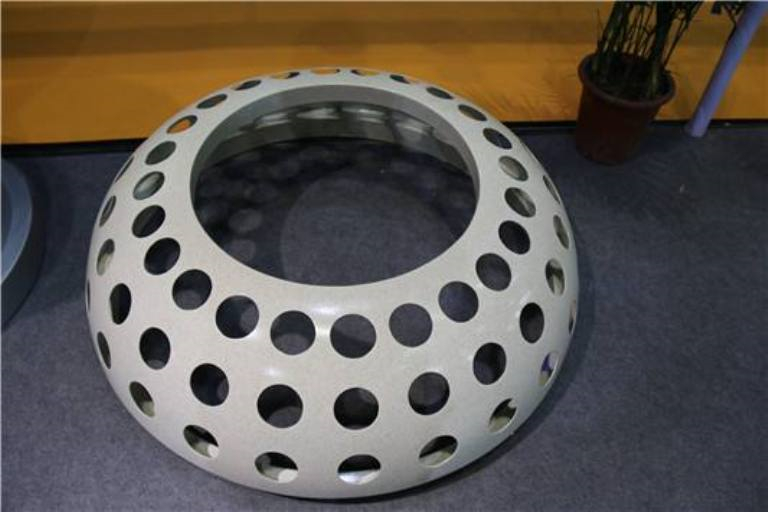
 Customer service QQ
Customer service QQ